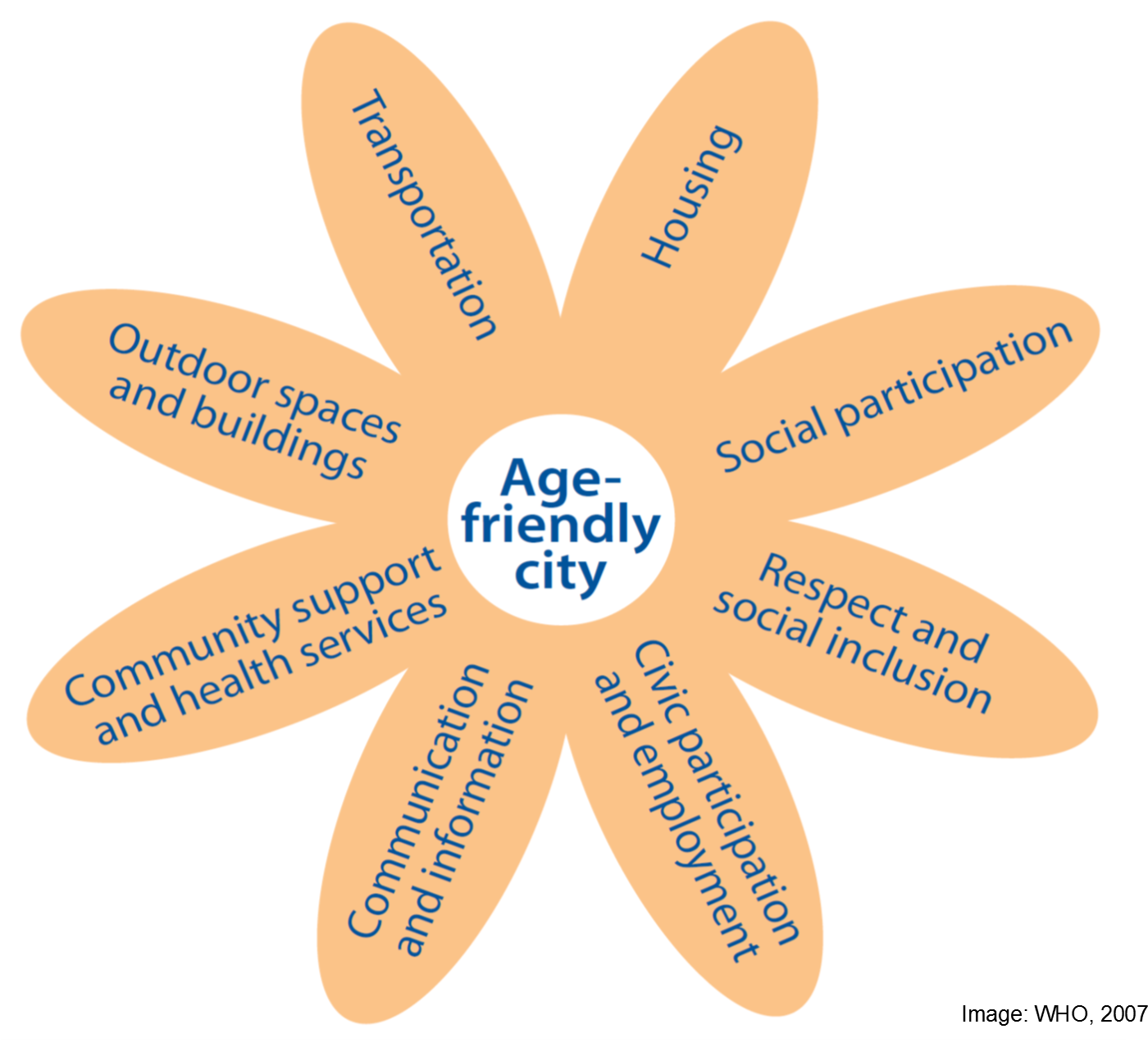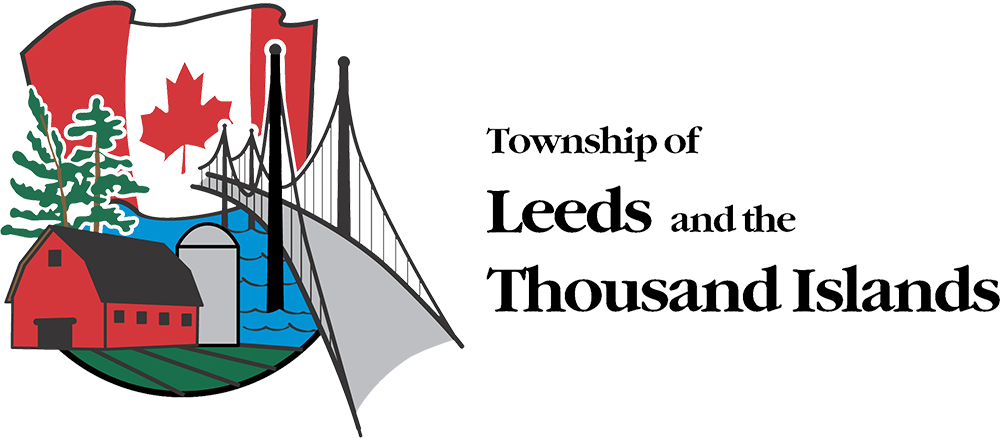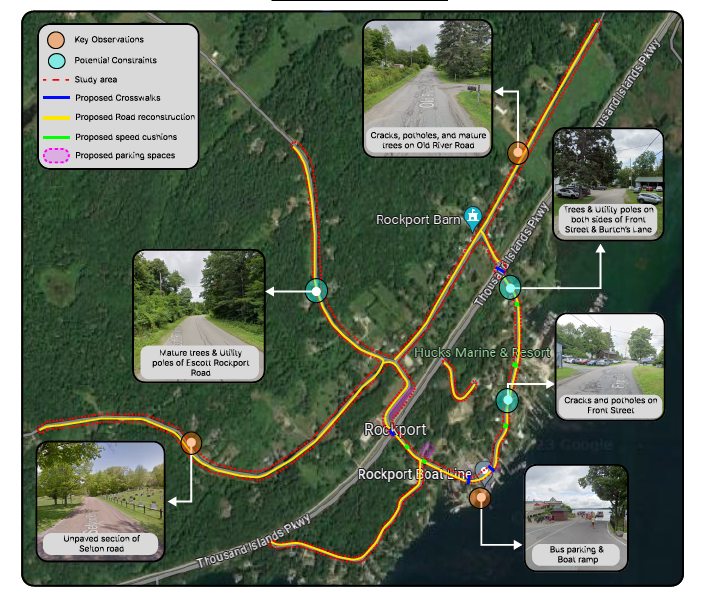Under the Clean Water Act, the Township is required to report on it's source protection plan implementation.
Drinking Water Source Protection
Drinking water in Ontario is protected via a multi-barrier approach. Protection is achieved through controls established at the source, during treatment, distribution, testing, and finally consumption. Source water protection plans are a mechanism used to mandate protection at the source level. These plans were developed as a requirement by the Clean Water Act in 2006 as a response to the Walkerton Tragedy in 2000 and are intended to help prevent future drinking water issues.
The Township of Leeds and Thousand Islands falls within the Cataraqui Region Conservation Authority and municipal drinking water sources within this area are subject to the Cataraqui Source Protection Plan (the Plan) which was established in 2014. This locally developed plan of action establishes policies which are intended to keep our local sources of drinking water clean and plentiful. These policies outline recommendations and requirements to reduce the risk of pollution near drinking water supplies and protect supplies from overuse.
The Township of Leeds and Thousand Islands provides municipal drinking water to the residents of the village of Lansdowne from two wells located within the Lansdowne Well Head Protection Area (WHPA). The WHPA includes four areas A, B, C and D.
Some residents living on islands within the St. Lawrence may be located within the James W. King Intake Protection Zone (IPZ) which services the Town of Gananoque.
Mitigating Drinking Water Threats
The Cataraqui Source Protection Plan identifies a number of activities that could become threats to drinking water if not managed properly. The majority of potential risks to drinking water within the Township of Leeds and Thousand Islands are related to outdated and improperly maintained fuel oil tanks. Examples of other potential risks include:
- Handling and storage of liquid fuel
- Storage of agricultural source material
- Application and/or storage of some pesticides
- Use of land for livestock grazing or pasture land
- Runoff containing chemicals used in de-icing of aircraft
- Handling and storage of DNAPLs and/or organic solvents
- Storage of hazardous waste
- Storage of small quantities of waste
- Application or storage of fertilizer
- Malfunctioning Septic Beds
The Source protection plan requires that these activities be managed by specific policies, restricted, or in some cases prohibited if occurring within the Well Head Protection Areas. Prohibition of these activities occurs at the planning level when new development is proposed. Management of restricted activities (e.g. heating oil tanks) is achieved via establishing Risk Management Plans (RMPs). These RMPs outline specific measures that are required to protect against future impacts to the water supply.
Implementation within the Township
As a part of communicating and educating the public regarding the SWP plan, policies and how they may impact residents, a letter was sent to residents who may be directly affected by policies outlined in the Cataraqui Source Protection Plan. Following the initial letter, the Township held two public information sessions.
The Township evaluates properties within the Lansdowne WHPA and James King IPZ for potential risks to drinking water. Following completion of this evaluation, Risk Management Plans will be established with landowners where threats to drinking water are identified.
The Township of Leeds and Thousand Islands retained Malroz Engineering Inc. to assist with implementation of the Cataraqui Source Protection Plan Policies and with fulfillment of the mandated Risk Management Official responsibilities.
Additional Resources


